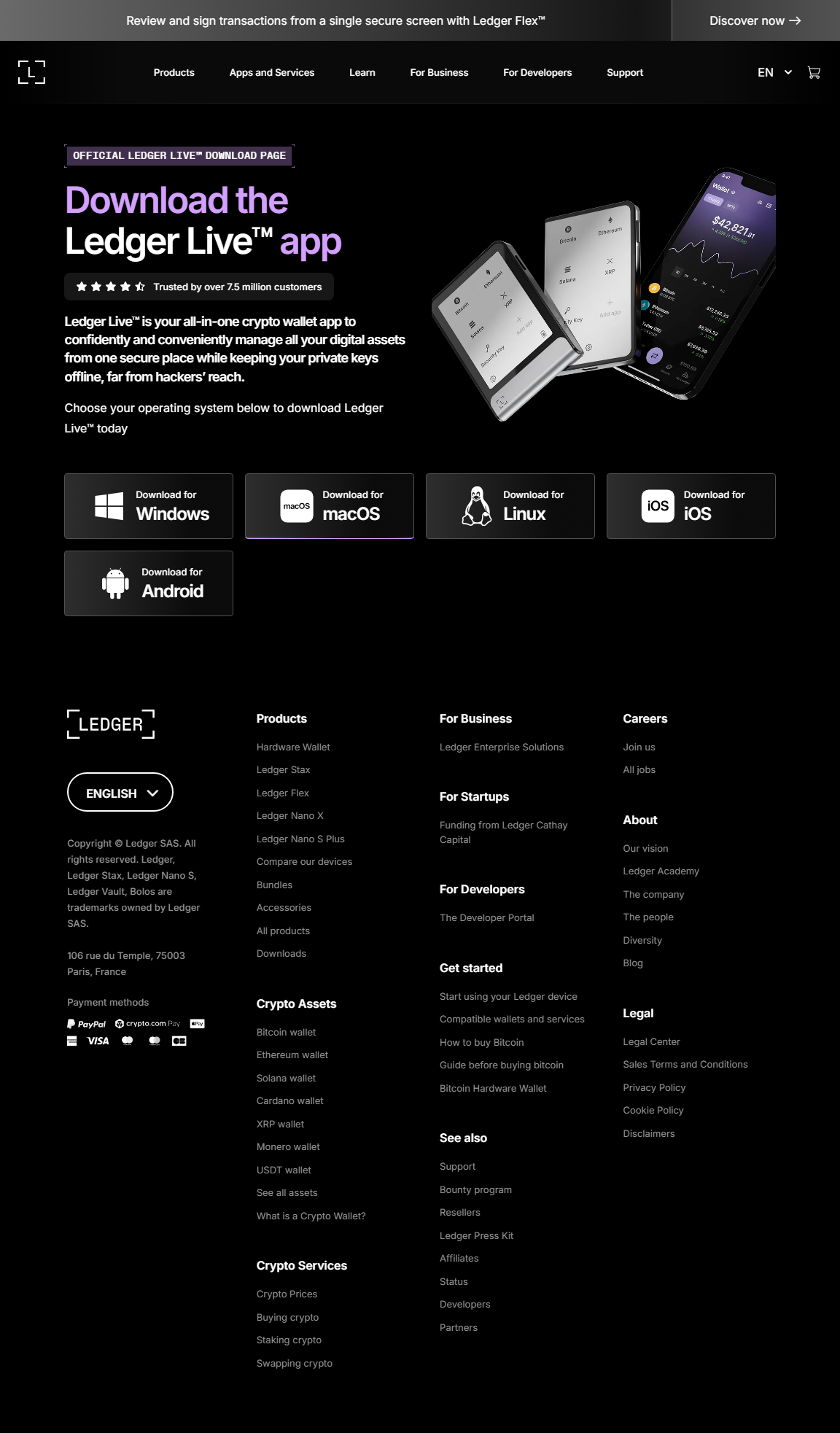Getting Started with Ledger: Secure Your Crypto Journey
Step-by-step guidance to set up your Ledger wallet and safeguard your digital assets for long-term growth.
Why Ledger Is a Game-Changer for Crypto Security
In the ever-expanding world of cryptocurrency, security is paramount. Ledger devices provide a hardware wallet solution, storing private keys offline to protect your digital assets from hacks and phishing attacks. Unlike software wallets that are online and vulnerable, Ledger ensures your crypto remains in your control.
Popular among both beginners and seasoned investors, Ledger supports major cryptocurrencies like Bitcoin, Ethereum, Ripple, and many ERC-20 tokens. With features like secure element chip technology and Ledger Live management app, managing your crypto has never been safer or more intuitive.
Step-by-Step Ledger Setup Guide
Step 1: Unbox and Inspect Your Ledger
Start by unpacking your Ledger device. Check the box for authenticity seals and included accessories. Ledger provides instructions and a USB cable needed to connect your device to a computer.
Step 2: Install Ledger Live
Download Ledger Live, the companion app for your device. Available for Windows, macOS, and Linux, Ledger Live allows you to manage accounts, send and receive crypto, and update firmware securely.
Step 3: Initialize Your Device
Follow on-screen instructions to set up a PIN code. This PIN secures your device from unauthorized access. Ledger also generates a 24-word recovery phrase—write it down carefully and store it in a secure location. This phrase is the key to restoring your wallet if your device is lost or stolen.
Step 4: Add Accounts
Use Ledger Live to add cryptocurrency accounts. You can manage multiple coins and tokens from a single interface. Ledger automatically generates addresses for deposits and ensures secure transaction signing directly on the device.
Step 5: Start Transacting
Once your accounts are set up, you can receive crypto, send transactions, and even stake certain assets. Always verify addresses directly on your Ledger device to avoid phishing scams or malware risks.
Common Crypto Terms for Ledger Users
- Private Key: A secret code that grants access to your crypto. Ledger stores this securely offline.
- Seed Phrase: Your 24-word recovery phrase used to restore a wallet.
- Blockchain: The decentralized ledger that records cryptocurrency transactions.
- ERC-20 Token: A type of cryptocurrency built on Ethereum.
- Hardware Wallet: A physical device like Ledger that stores crypto offline.
Ledger vs. Software Wallets: Quick Comparison
| Feature | Ledger (Hardware) | Software Wallet |
|---|---|---|
| Security | Offline private keys, robust against hacks | Online, vulnerable to malware and phishing |
| Portability | Physical device, can be carried safely | Accessible via phone/computer, depends on internet |
| Supported Coins | Supports 1800+ cryptocurrencies | Varies by software wallet, may be limited |
| Ease of Use | Requires setup, Ledger Live interface | Quick installation, user-friendly apps |
"Think of Ledger as a high-security vault for your digital wealth. It's not just a wallet, it's peace of mind."
Frequently Asked Questions
Is Ledger safe for beginners?
Absolutely. Ledger provides intuitive setup via Ledger Live and offline security, making it ideal for both beginners and seasoned crypto holders.
What happens if I lose my Ledger device?
Your 24-word recovery phrase allows you to restore your crypto on a new device. Keep it secure, offline, and never share it.
Can I use Ledger for staking?
Yes, Ledger supports staking for select cryptocurrencies through Ledger Live, enabling you to earn passive rewards safely.
Do I need multiple devices for different coins?
No, one Ledger device can manage multiple accounts and coins. Ledger Live allows easy switching between assets.
Conclusion: Secure Your Crypto with Ledger Today
From safeguarding your private keys to managing multiple cryptocurrencies effortlessly, Ledger offers unmatched security and convenience. Whether you’re a beginner exploring crypto or an experienced investor, starting your journey at Ledger.com/start ensures you’re in control of your digital wealth. Don’t leave your assets vulnerable—empower your crypto journey with Ledger today.
